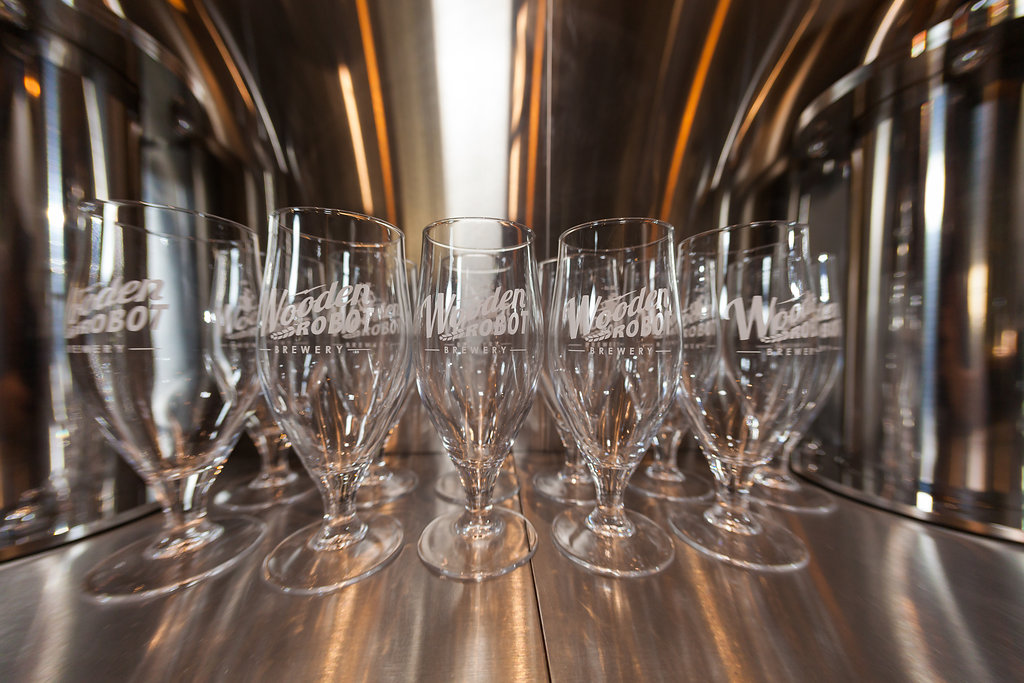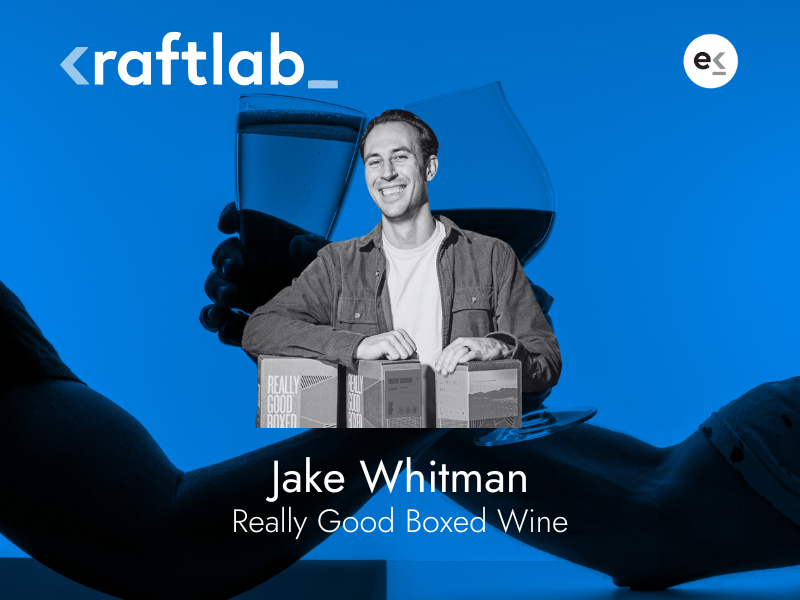It feels as though just yesterday breweries were figuring out how to pivot during the pandemic to keep their doors open. Now faced with supply chain issues, breweries and wineries are forced to adapt once again to fulfill their necessary inventory orders for products and merchandise. Because of the shortage of raw materials and shipping delays, some manufacturers are unable to deliver the goods that you count on your suppliers to provide. To get ahead of these supply chain delays, it’s more important than ever that you make the most of your merchandise strategy now. Planning for your 2022 merch strategy will help ensure that you have the products that you need when you need them.
Let’s take a look at what factors should be considered when crafting your craft beverage business’s merchandise strategy.
Planning Your Merchandise Timeline
Due to supply chain issues, any merchandise orders you have will likely take much longer than normal — and some products you’ve sold in the past might not be available at all. To reduce the amount of chaos you’ll deal with throughout the year, it’s best to do away with an impromptu retail strategy and map out everything you may need throughout the year.
Take a look at your calendar and make note of any important dates. These can range from your company’s anniversary and new product releases to annual events and more. This will help you plan out any specialized merchandise you need to stock up on alongside your standard merch order.
Determining Products
Once you’ve narrowed down what milestones you will need products for, it’s time to determine what type of merchandise you plan to offer. What is the demographic of your customer base? Are there any trends you want to hit on? If you need help narrowing down your product selections further, one of the easiest places to start is with seasonality.
If your company’s anniversary falls in the winter, you want more than a standard t-shirt. Instead, you may also want to include beanies, sweatshirts, or long-sleeved shirts in your product line. For events taking place in the summer, customers may prefer to purchase tank tops, water bottles, or sunglasses.
Putting together a varied product assortment allows all of your customers to find something they like. If you don’t have historical data on which merchandise was the most popular with your customers in previous years, take a look at what they are wearing when they visit your brewery, cidery, or winery. You want to offer products that will resonate with your clientele, making it more likely that they’ll purchase your merchandise because it can seamlessly integrate into their everyday style.
Along with apparel options, you may want to incorporate other products into your retail area as well. This can include tumblers, mugs, stickers, hats, and beer or wine glasses. If you’re dog-friendly, you may even want to include branded bandanas, dog bowls, and dog treats. Leveraging apparel and supplemental product offerings allow you to hit all price points.
Calculating Profit Margins
This goes hand in hand with determining the products for your retail space, but you should also be factoring in the profit margins on the different offerings. Just because your customers love hooded sweatshirts doesn’t mean you should go all-in on them if you don’t think there is much of a return for your business.
Once you’ve narrowed down the products you want to incorporate, calculate how much it is going to cost you to fill your inventory. Then you’ll need to determine how much you plan to have each piece retail for. If all of your merch has a low profit margin, you may want to reconsider the pieces you’ve chosen so you can include some products with a high profit margin as well.
Creating a Retail Space
The overall square footage of your space will determine how big or small your retail footprint will be. No matter what shape or size you’re working with, there are plenty of ways for you to creatively display your merchandise that will not only draw attention to it but help promote product sales.
Regardless of where you plan to showcase your merchandise, it’s important that the area is set up optimally. Your apparel should always be facing toward the front of your space (or toward the counter where your customers stand). The goal is to attract their attention with your visually appealing designs, which you can’t do if all of the t-shirts are hanging on a garment rack without the front detail showing!
To keep your retail area looking tidy and clutter-free, especially when working with a smaller area, it can be beneficial to only keep one size of each piece out on display. This allows your customers to view the entire selection without becoming overwhelmed with how much product there is. This also minimizes the number of times your employees need to clean this section and re-fold shirts that customers were picking through. Instead, they can select their shirt and ask an employee to grab their size from the back room.
Your retail area shouldn’t be an afterthought and shoved into a corner that no one ever bats an eye at. Driving customer engagement with your apparel is an easy way to increase revenue through merchandise. Whatever square footage you have to work with, your goal should be to make all your products visible to customers as they enter your business.
Promoting Your Merchandise
Although a well-designed retail area will organically drive merchandise sales, there are additional steps you can take to promote your merchandise — both in-person and online.
An effective way to get your products in front of more customers is to have your staff wear the branded merch when on the job. Whether they’re working behind the bar grabbing drinks or clearing beer glasses from empty tables, patrons will be able to see the merchandise in action which can help keep it top of mind.
Along with promoting your merchandise in person, you can use your website or social media channels to drive additional sales. When applicable, create an online store where customers can purchase apparel or products for pick up at the brewery, cidery, or winery (or have them shipped directly to their home). This can be a helpful method for driving extra traffic to your online presence and putting extra change in your pocket, and according to recent Ekos research, 63% of our customers say they utilize an ecommerce platform for their merchandise.
If you are active on social media (which you should be!), make sure your merchandise is being incorporated into your social media campaigns. While you can have a few posts promoting your merchandise, your best option is to naturally incorporate your merchandise into your existing ideas. When people appear in the photos, have them repping your merch. If the shot is of a beer, make sure it is in a glass that is also for sale in the store.
Crafting an effective merch strategy does more than boost the profits that it generates. When your customers begin wearing branded apparel around town, you’re essentially getting free marketing for your craft beverage business.



